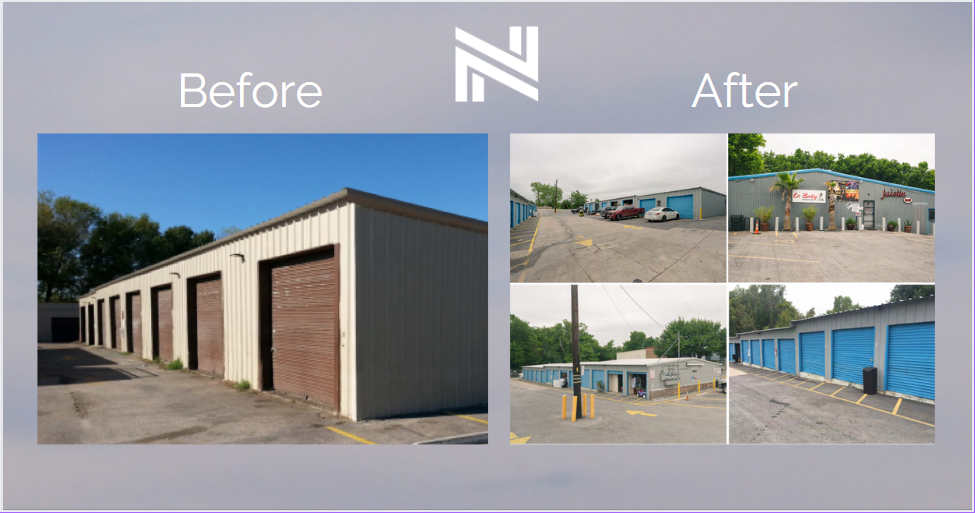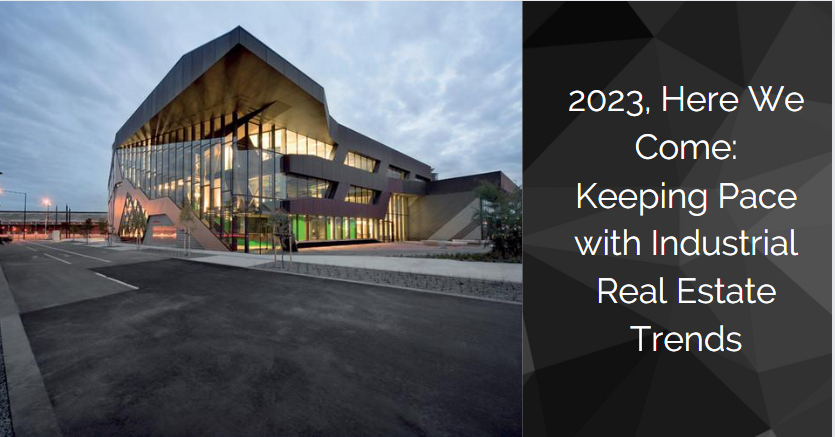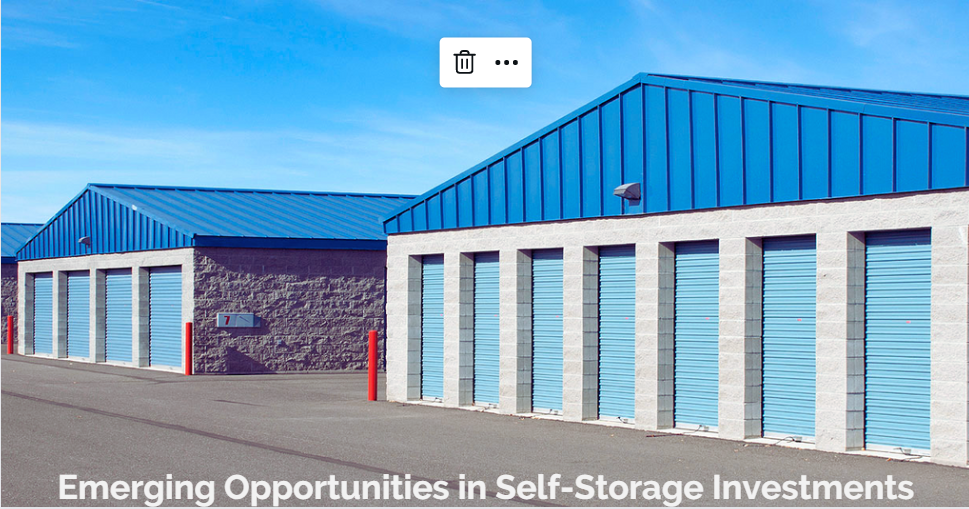The path to success in commercial real estate (CRE) investing often involves a critical and frequently overlooked decision: choosing the right investment partner. With countless tales of success and failure in the real estate arena, the significance of this choice cannot be overstated. A well-matched partner can pave the way to success, but a poorly chosen alliance can stymie even the most promising of ventures.
Let's dive into key factors to consider when selecting your real estate investment partner.
1. Alignment of Investment Goals
Firstly, ensure that both parties share similar investment goals. Do you aspire to a quick turnover, or are you in for the long haul? Is your focus on long-term cash flow and appreciation, or are you more interested in immediate financial returns? Discussing these fundamental questions upfront will help to prevent conflicts further down the line.
2. Complementary Skillsets
A fruitful partnership often involves a synergy of diverse skills. Are you more adept at analyzing the financials, while your potential partner excels at sourcing deals or managing properties? Understanding each other's strengths and how they complement each other is vital. In a successful partnership, the whole truly is greater than the sum of its parts.
3. Financial Stability
Ensure that your potential partner has a solid financial footing. There's an old saying, "Don't go into business with someone who has more problems than you." This wisdom rings especially true in CRE investing. Real estate investments can require substantial upfront capital and may have unpredictable expenses. A financially stable partner can weather the ebbs and flows of the market.
4. Trustworthiness and Integrity
In real estate investing, a partner's trustworthiness and integrity are invaluable. Verify references and delve into the track record of potential partners. A partner's reputation can significantly influence your venture's success and can impact the ease with which you can secure future investment opportunities.
5. Legal Considerations
Lastly, make sure to solidify all agreements in legally binding documents. Transparency and clarity in legal agreements can safeguard your partnership and ensure both parties are clear on their responsibilities and rights. Seeking legal advice can be a wise investment in the long run.
In conclusion, choosing the right real estate investment partner is not a decision to be taken lightly. It requires careful consideration and diligence. Remember, while a perfect partner may not exist, finding someone whose goals align with yours, who complements your skills, is financially stable, and maintains strong integrity will put you on a path to success in commercial real estate investing.
Remember: Together, you're not just investing in properties—you're investing in each other. And with the right partner, the sky's the limit.
Stay tuned for more insights into the world of commercial real estate investing.








